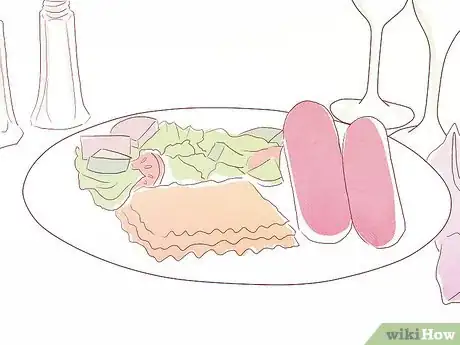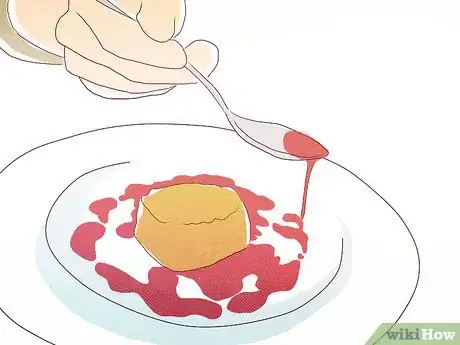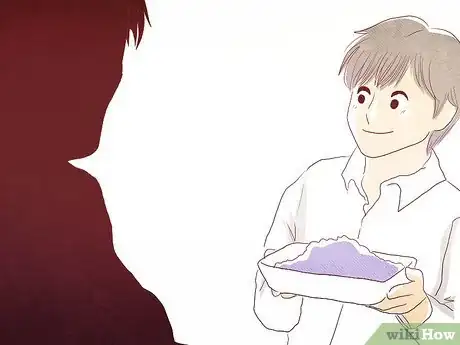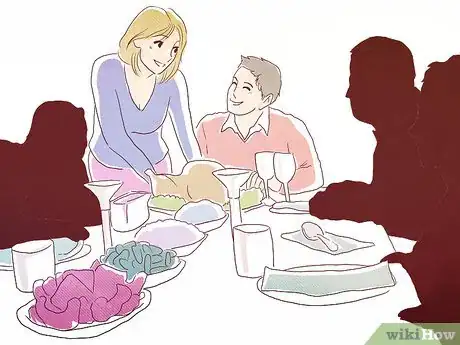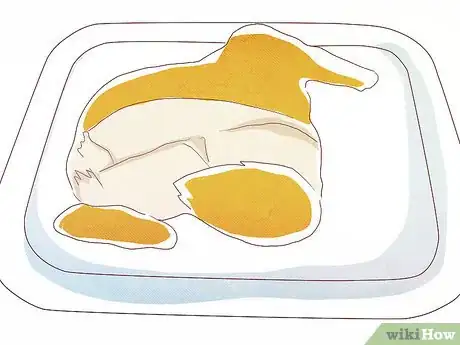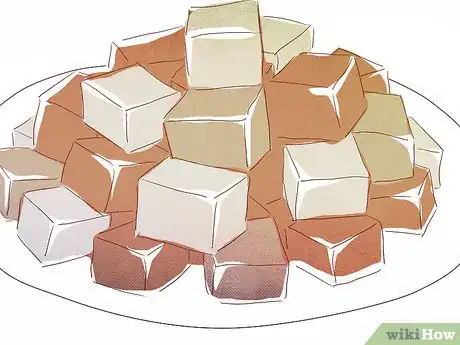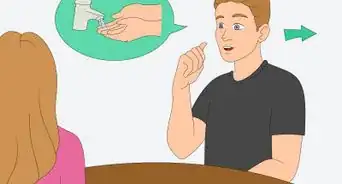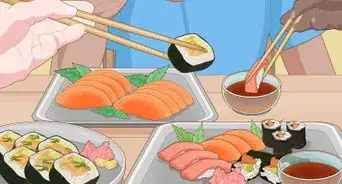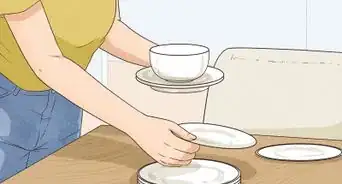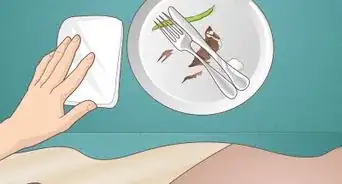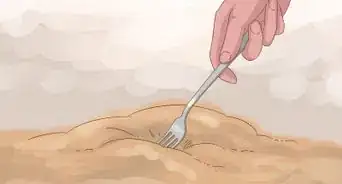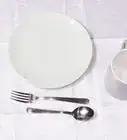This article was co-authored by JoAnna Minneci. JoAnna Minneci is a Professional Chef based in the Nashville, Tennessee area. With more than 18 years of experience, Chef JoAnna specializes in teaching others how to cook through private cooking lessons, team-building events, and wellness and nutrition classes. She has also appeared in numerous television shows on networks such as Bravo and Food Network. Chef JoAnna received Culinary Arts training from the Art Institute of California at Los Angeles. She is also certified in sanitation, nutrition, kitchen management, and cost control.
There are 7 references cited in this article, which can be found at the bottom of the page.
This article has been viewed 277,753 times.
Which way should you pass the plates? How should you clear the table? Serving at a dinner party isn't exactly as easy as pie. Here are some basic guidelines to help you out in your next dinner party.
Steps
Community Q&A
-
QuestionIs the eldest person at the table served first?
 Community AnswerIt shows respect towards the person, especially if it is an older woman.
Community AnswerIt shows respect towards the person, especially if it is an older woman. -
QuestionShould I wait until all guests have finished their course before removing plates?
 Community AnswerYes, you should wait until all guests have finished their food, or the ones who are still eating will feel rushed and try to hurry. This can result in digestive issues later on.
Community AnswerYes, you should wait until all guests have finished their food, or the ones who are still eating will feel rushed and try to hurry. This can result in digestive issues later on. -
QuestionShould the plates of food be placed before giving the blessing?
 Community AnswerWell yes, but make sure that the guests know that there will be a blessing and to not touch the food until after it's done.
Community AnswerWell yes, but make sure that the guests know that there will be a blessing and to not touch the food until after it's done.
Warnings
- Be careful also with hot drinks, teapots and coffee pots and heated sauces.⧼thumbs_response⧽
- Don't assume every guest drinks alcohol or likes wine. Have alternatives on hand and never make a lighthearted remark or joke about their choice. There are religious, ethical, personal and social reasons as to why people choose not to consume alcohol and if the host is not careful, he/she could end up offending one of their guests, who could end up leaving the party due to the offence caused.⧼thumbs_response⧽
- Don't give guests hot plates unless it is unavoidable. If you must do so, warn them very clearly that it is hot before you begin passing it next to them. The guest could move without the knowledge and either come into contact with the heat and push it back onto the server, or worse, seriously/mildly burn themselves. The dinner would end up being remembered for all the wrong reasons if a guest had to be taken up the hospital with a burn.⧼thumbs_response⧽
Things You'll Need
- Decent dinner set
- Decent cutlery set
- Cloth serviettes/napkins
- Good wine and nonalcoholic substitutes
- Corkscrew
- Serving ladles
- Serving platters
- Creamers, jugs
- Condiments
- Tablecloth if desired - linen is preferable
- Candles or other atmosphere enhancers
- Table decoration
- Dishwasher
References
- ↑ https://www.bonappetit.com/entertaining-style/article/25-dinner-party-do-s-and-don-ts-for-a-host-or-hostess
- ↑ https://www.etiquettescholar.com/dining_etiquette/dinner_party_etiquette.html
- ↑ https://www.nytimes.com/guides/tmagazine/how-to-host-a-dinner-party
- ↑ https://en.wikipedia.org/wiki/Islamic_dietary_laws
- https://www.tasteofhome.com/article/how-to-set-a-table/
- https://www.huffpost.com/entry/how-to-host-a-dinner-party_l_5c8aac88e4b0db7da9f0d059
- https://www.bbcgoodfood.com/howto/guide/top-10-dinner-party-tips
About This Article
To serve at a dinner party, place easy, general dishes like rice, salad, and potatoes on the table so guests can help themselves. Next, plate the delicate food that requires assembly or an artistic presentation in the kitchen. Then, choose one end of the table to start serving at and ask guests to pass the dishes around the table to the left. As the host, always serve yourself last. Finally, remember to keep the courses coming so your guests don't have to wait too long between each one! For tips on clearing the table after each course, read on!
